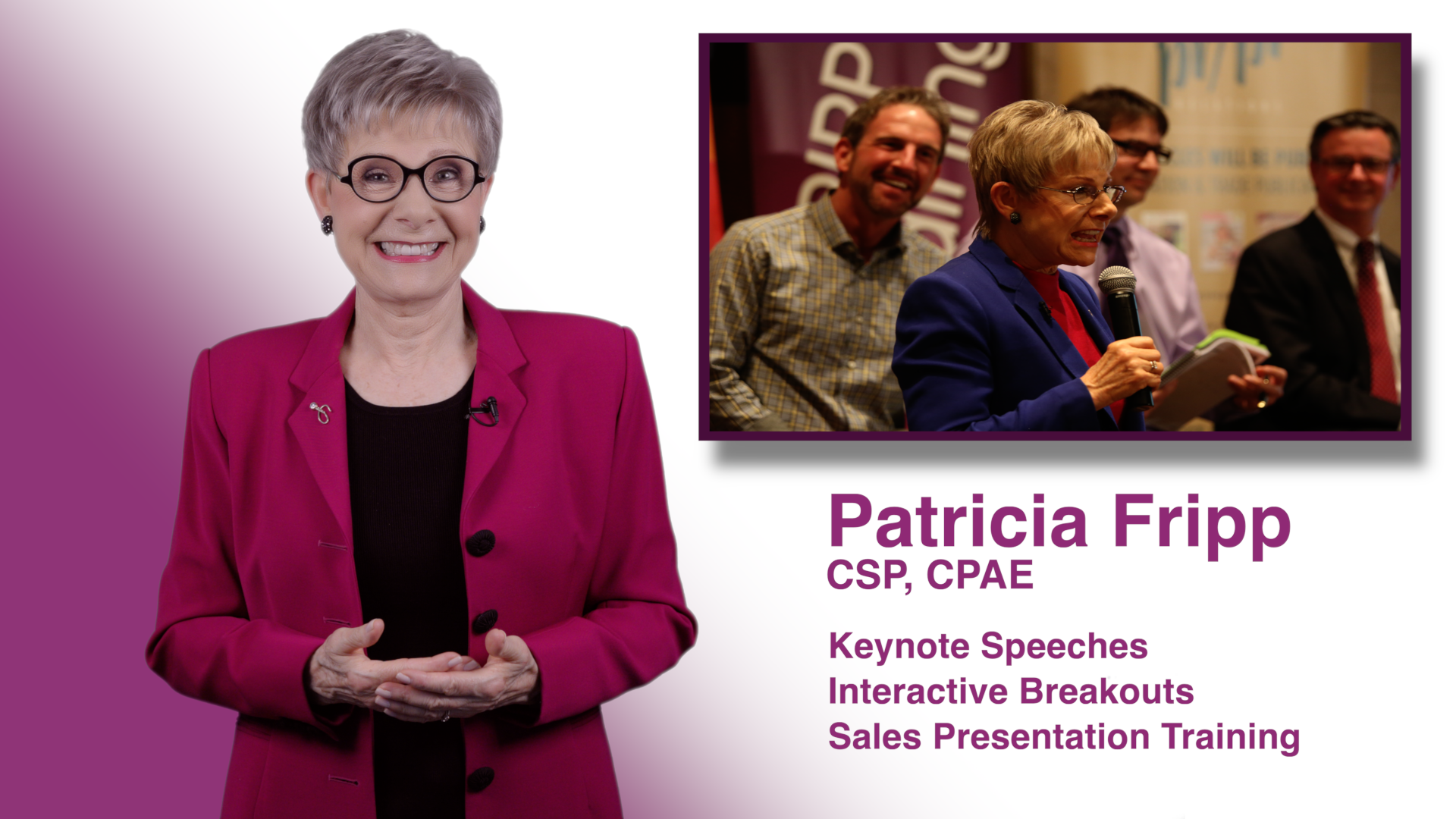
Business and educational professionals know that whenever you present, whether you’re talking to one person or one hundred, you want to connect with your audience and get your message across. What’s the best way to do this when you deliver a virtual presentation?
These strategies will help you get your message across, maximize your impact, and catch and keep the attention of remote students and audiences when you present or teach virtually.
Before You Present
- Nothing happens without first understanding the technology.
Educational and business entities use different technologies. They include Zoom, WebEx, GoToMeetings, and Teams. Even a seasoned presenter who is superb at delivering live presentations can find the shift nerve-racking.
Become familiar with your system. Make sure your environment is tidy behind you. If you use Zoom, you can upload images that can be branded to your organization. However, you must have a green screen behind you. If you do not, you will often disappear into the background when you move.
Invest in a professional microphone to improve the sound.
Let there be light! Depending on the room you are delivering from, you will be best served if your window is in front of you. Depending on the time of day that light changes. Invest in additional lights.
The best connection will be wired. If you have a wireless connection and a large audience, you will have more problems.
Before you present, close every open program and application you are not using on your computer. Presenting virtually requires a large amount of bandwidth.
If you work from home, negotiate with family members so that they will stay offline and not stream videos while you present.
In the Beginning
- Use looping slides. Once your audience tunes in, how do you make sure they are entertained and feel involved even before the program begins? A series of looping slides is the best way to welcome virtual audiences to your webinars.
Looping slides are a great way to convey important information and keep attendees entertained while they’re waiting for your presentation to begin.
These slides should communicate the following: when the session will begin; the conference dial-in number; your photo, name, and title; what the audience is going to learn; and what to do in case of problems.
You can also include quotes about the content they will be learning.
- Your other option is to open the meeting early. This way your audience or students can greet you, ask questions in the chat, or tell you where they are from. Naturally, you have the option of doing both.
- Think Hollywood! Be creative in your use of visual appeal. In a live presentation, you would tell stories and give specific examples. In a web presentation, you’ll need even more visuals to engage the audience.
Use more slides than you would in a face-to-face presentation. An easy way to do this is to reveal bullet points one at a time as you bring them up, rather than all at once before you discuss them. This is a “build” in your PowerPoint. Using mostly visuals and little text is even better. Keep it simple, keep it moving, and interact often.
Build Your Presentation
- Plan your structure. Outline your presentation on paper, whiteboard, or flip chart before you build the PowerPoint presentation. The creative process is messy. Your PowerPoint and visuals are tidy. It’s better to have fewer points and illustrate them well.
Be sure to cover these steps:
Introduce your learning objectives.
Reinforce the benefits of knowing this information.
Explain the agenda and timing of your session. When will you include Q&A and interaction?
Add any logistics, and explain how your students and audience will interact with you. Incorporate polls, chats, the interactive tools associated with your platform.
Welcome Your Audience
- Turn on your webcam to welcome your audience. If you want to turn it off while you interact with the slides, fine. Turn it back on, however, to answer questions, to let them know what action to take next, and to thank them at the end for their attention and interest.
- The purpose of your opening is to arouse interest in your subject. Open with a grabber slide, a visual that will grab your audience’s attention. Then, “Welcome to . . .” (the event, class, or learning experience).
Start with a Strong Opening
After the grabber slide and the welcome, it’s up to you to engage the audience immediately with a powerful and relevant hook that includes the word “you.”
A catchy fact: “It may interest you to know that . . .”
A startling statistic: “Would it surprise or shock you to know . . .”
An intriguing challenge: “Nine months ago you enrolled in . . . You are now in the exciting position to . . .”
Strong openings grab your audience’s attention, and then it’s up to you to keep it. It’s less effective to start with “Good morning,” than it is to say, “Welcome! You are in for a treat! You are about to learn . . .”
As you introduce the session, sell the listeners on how they’re going to benefit. Keep them glued to their screen. The world is full of students and adults with short attention spans.
- Introduce yourself next. Only after you’ve sold the session should you introduce yourself (unless someone else will be introducing you). Do not introduce yourself first. You’ll need to say something your listeners care about before they will care who you are.
Forge an Emotional Connection
- Use a high “I vs you” balance. The most powerful communication combines both intellectual and emotional connections. An intellectual connection appeals to educated self-interest with data and reasoned arguments. Emotion comes from engaging the listeners’ imaginations, involving them in your illustrative stories by frequent use of the word “you,” and answering the unspoken question, “What’s in this for me?”
For example, don’t say, “I’m going to talk to you about presentation skills.” Instead say, “In the next 56 minutes, you will learn the six secrets of making every presentation a success; the four benefits of effective presentations in your careers; and the three mistakes most speakers make until they know what you are about to learn.”
- Build in interaction. Depending on the technology you use for your web training and the format of your class or program, make sure you interact with the audience when it’s most logical. A simple method is to find that logical place and time, then stop and ask, “Based on what you have heard so far, what are your questions?
- Use memorable stories. People rarely remember your exact words. Instead, they remember the mental images that your words evoke. Support your key points with vivid, relevant stories. Help them make a movie in their heads by using memorable characters, exciting situations, dialogue, and humor. With a combination of your examples and visuals, it will be a memorable presentation.
- Use effective pauses. Good music and good communication both contain changes of pace, pauses, and full rests. Pauses mark the time when your listeners think about what they have just heard. If you rush on at full speed to cram in as much information as possible, chances are you will lose your listeners.
It’s okay to talk quickly, but whenever you say something profound or important or ask a rhetorical question, pause.
Avoid Filler Words
- Avoid filler words: “Hmm, ah, er, you know what I mean?” In webinars and virtual meetings, filler words sound even more prominent than in person. Are you using them? Why not get in the habit of rehearsing and recording your presentations? Review the replays of past sessions. After all, you can’t improve on what you are unaware of. As the actor Michael Caine has said, “Rehearsal is the work; performance is the relaxation.”
Before Your Closing
- Review and assume that your audience will have questions as you present. As with an in-person presentation, always review your key ideas with a virtual audience before concluding. Then ask, “Before my closing remarks, what questions do you have?”
- Tell them what to do next. Emphasize what the audience should do once the virtual training is over. Be clear what their next logical steps should be. Send them off energized, focused, and ready to take action.
- End on a high note. Your last words linger. Your final comment must be memorable and must reinforce your main message. An example is, “Remember, there is no greater skill than . . .” Or, as I often do, “Remember, habits are like railway tracks. They take a long time to put into place. When there they will take you anywhere you want to go.” Your last words will stay with your audience. Make sure they are your own. Make sure they are powerful and don’t quote anyone else.
When you excel in virtual presentations and webinars and you will reinforce your reputation as an expert. Good luck. Remember, your last words linger!
Bio: Patricia Fripp is a Hall of Fame keynote speaker, executive speech coach, sales presentation skills consultant, and online learning expert. In Ms. Fripp’s career, she has delivered over 3,500 presentations as well as countless virtual presentations.
FrippVT Can Help You Present with Confidence
The best way to become an effective presenter easily, quickly, and conveniently is through FrippVT. Make your presentations powerful and persuasive!
FrippVT is a state-of-the-art, web-based training platform that emulates live training and coaching. It is almost as if Presentation Expert and Executive Speech Coach, Patricia Fripp were sitting in front of you. FrippVT is designed to be immediately engaging and makes it fun to learn. If you are a novice presenter or a seasoned professional, you will find the content both practical and relevant.
Sign up for your complimentary trial and discover how FrippVT can transform you and your team. Take advantage of your free trial.
 “Your presentations on storytelling and superstar sales presentations and executive speech coaching have had a tremendous impact on our business.”
“Your presentations on storytelling and superstar sales presentations and executive speech coaching have had a tremendous impact on our business.”
– Tom Esposito, Director Channel Marketing, Zebra Technologies
Companies that want to drive sales and gain a competitive edge hire Patricia Fripp to help them improve their important conversations and presentations. Kiplinger’s Personal Finance wrote, “One of the best ways to invest in success is to learn presentation skills from Patricia Fripp.” Fripp was named one of the “Top 25 Women in Sales” and is among the “Top 30 Coaching Gurus.”
“Thank you and wow! As an experienced presenter, I learned more than I could have imagined about advanced presentation skills. On behalf of everyone on the webinar, you are a true professional, and we are truly grateful for your generosity of knowledge.”
– Eric Bloom, Executive Director, IT Management & Leadership Institute


bravo my friend… just gave this a quick read as I am doing a new little book along this line to help folks make the transition to presenting, selling, connecting with clients… virtually….
Quick question… would it be possible to include this as a part of the book… with appropriate credits, contacts, etc….smile
Thanks in advance my friend
Thank you for keeping up with the changing environment of communication.
Thank you so much for reading and commenting. Patricia Fripp
Especially relevant as more and more meetings go virtual.
Very helpful as usual Fripp. Thank you!
Thanks very much for letting me know you enjoyed it.
Patricia